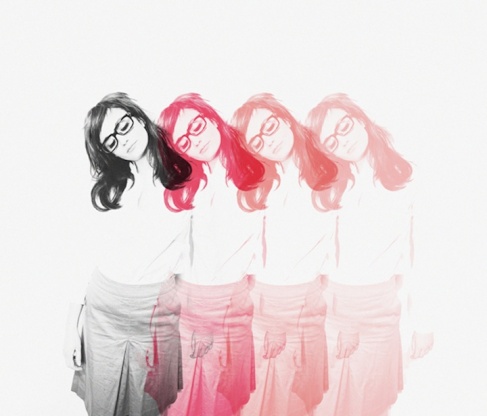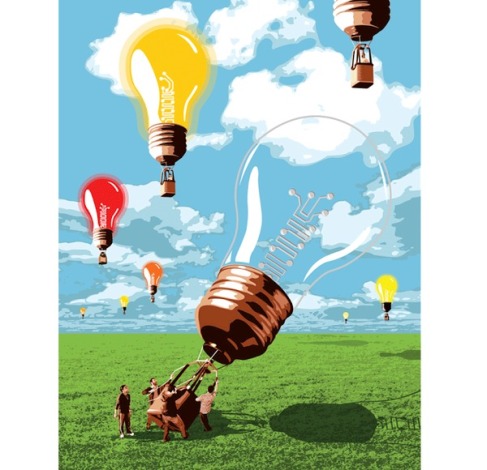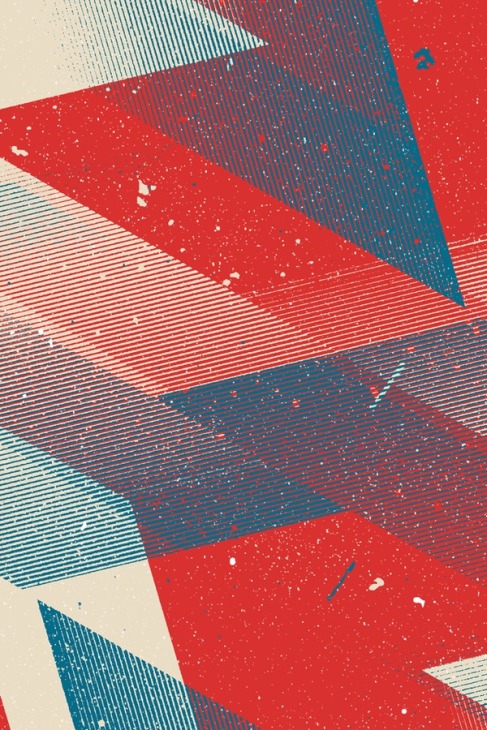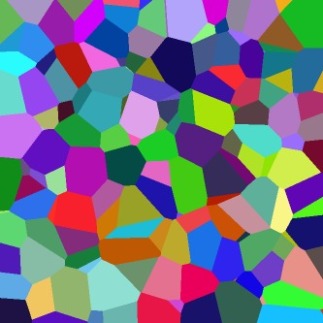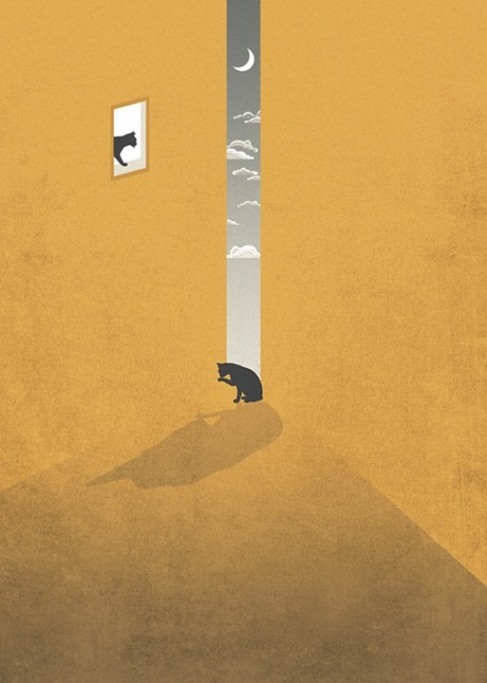Relations –
The way objects are positioned next to other objects, margins, and the page they reside in, affects the energy applied to them and the impacts that outside forces have. The difference between static and attraction can easily demonstrate the difference between activity, and a still shape. Though a static object can be influenced by the space around it and the page’s borders, it does not have near as much activity or movement as objects grouped together do. Symmetry and Asymmetry is an arrangement that represents either the balance (identically across an axis) or imbalance and disproportion of objects. When I say “balance,” I am talking about when all components (of either an object or a composition) have visual equilibrium. When objects are repeated, groups come into play, and these groups then can compose a variety of different balance models. The difference between the structure lines between the objects in these groups, then defines whether an assembly is coarse or fine (fine structures being closer in distance between them). If items are fine in some parts of the composition, and coarse in other places, (if they are sporadically placed), this is called diffusion. Structures can also define directions based on their placement, and therefore also simple positioning. The way objects are placed controls the space within a page (white space vs. fill), and weight within the form of the page. A composition’s dominance can also be affected by the amount of objects controlling an area. When objects do not stand out against one another, a neutral composition is formed. However, when objects are positioned by overlapping or by size, a foreground/background can be determined between the objects. (Christian Leborg – Visual Grammar)
On a site I found based on the principles of design, I found it very interesting the way visual weight was explained. In Leborg’s book, visual weight was briefly discussed in comparison to white space. However, in this explanation I found that by showing that visual weight is influenced by orientation, quantity, isolation and position, I was able to make a better connection between visual weight and its part in object placement/relations between objects. Orientation was described by clarifying that diagonal orientation shows more visual weight than horizontal or vertical placement. Overall, these elements were described in relation to symmetry and asymmetry as well, which was not as clearly connected in Leborg’s writings. Asymmetry and symmetry was explained in terms of balance, but on this website there is a clear connection between visual weight and balance shown. Instead of visual weight being a element in deign, it is shown here as the foundation for all balance, symmetry, and contrast within a composition. The first sentence on this blog I found really straightens out any question about the connection of these elements; “Balance is the equal distribution of visual weight in a design.” (http://nwrain.net/~tersiisky/design/balance.html)
Symmetry is an important part of balance within design. Perfect symmetry, as demonstrated here, is created by objects repeated or reflected across an axis. This kind of symmetry is formal, and therefore stable and orderly. (behance.net)
Asymmetry may play with white space, and give a more uneven, unstructured composition. This however, can sometimes give a more interesting composition that, though not as balanced, may be more interesting in overall visual weight. http://mwmgraphics.blogspot.com/
This image shows a strong visual weight in one part of the image, and a definite sense of balance and symmetry as well. The objects are placed in a way that give dominance over one part of the composition, while leaving some white space in the top. (Pamela Cocconi from flickr.com)
Diffusion (the combination of fine and coarse placement within an image) can give variety within a structure, and can either look scattered or give an uneven pattern affect. (Hannes Beer from flickr.com)





